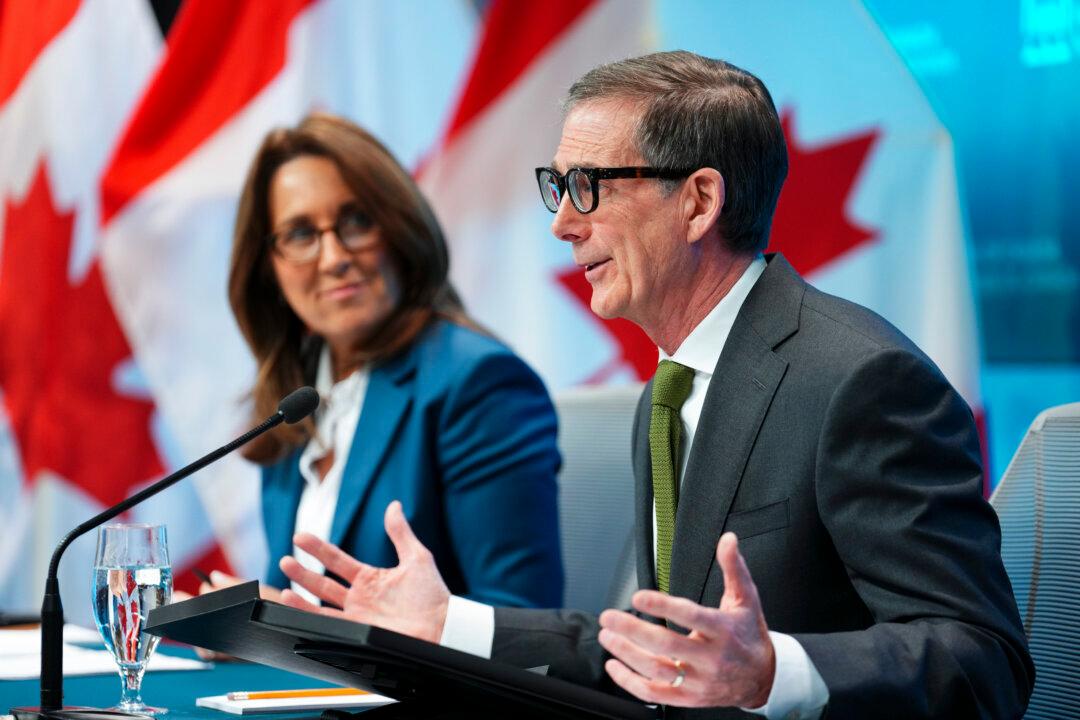News Analysis
OTTAWA—The Bank of Canada is stuck between a rock and a hard place, but for now, Canadian resilience trumps global headwinds.
Since its last interest rate decision on July 10, the global economic outlook has become more precarious, several central banks including the U.S. Federal Reserve have cut rates to support their economies, and financial markets are unsettled as the trade war between the United States and China intensifies.
But domestically, “Canada’s economy is operating close to potential and inflation is on target,” according to the Bank of Canada’s Sept. 4 statement, in which it announced that it was keeping its overnight rate target at 1.75 percent, as widely anticipated.
“The current degree of monetary policy stimulus remains appropriate,” the bank said.
The BoC gave no indication that it is leaning toward a rate cut, despite mounting calls for one for its Oct. 30 announcement. The bank’s statement was thus perceived as less dovish than most were expecting and the Canadian dollar rose noticeably after the announcement.
However, BMO chief economist Doug Porter wrote that tone of the bank’s statement, which focused on the escalation of trade risks, still leaves it with the option to cut rates in October.
“The remarks are still in tune with our revised call of a 25 bp [0.25 percent] rate trim at the October 30 meeting, but the bank is not committing to anything,” he wrote.
It comes down to what chance there is for a quick resolution between the United States and China, says Steve Ambler, economics professor at the Université du Québec and the C.D. Howe Institute’s David Dodge chair in monetary policy.
The upside scenario is if the United States is able to get China to agree to respect international trade norms and hammers out a deal.
“But if it doesn’t, then reducing rates to 1.25 [percent] or even lower within 12 months is probably going to be appropriate,” Ambler said. “So the expectation depends somewhat on what probabilities you assign to the two scenarios.”
In July, the bank said escalation of trade conflicts remain the biggest threat to the global and Canadian outlooks. The BoC indicated that where these developments are hurting Canada’s economy the most is in weaker business investment due to the uncertainty for companies.
The 3.7 percent surge in second-quarter GDP masks this woeful capital spending along with cracks developing in consumption.
“Some of this strength is expected to be temporary,” said the bank.
Uncertainty brought on by the escalation of trade tensions is now starting to affect consumers’ sentiment and spending. Consumer sentiment had its biggest monthly drop in August, according to the Bloomberg Nanos Canadian Confidence Index.





